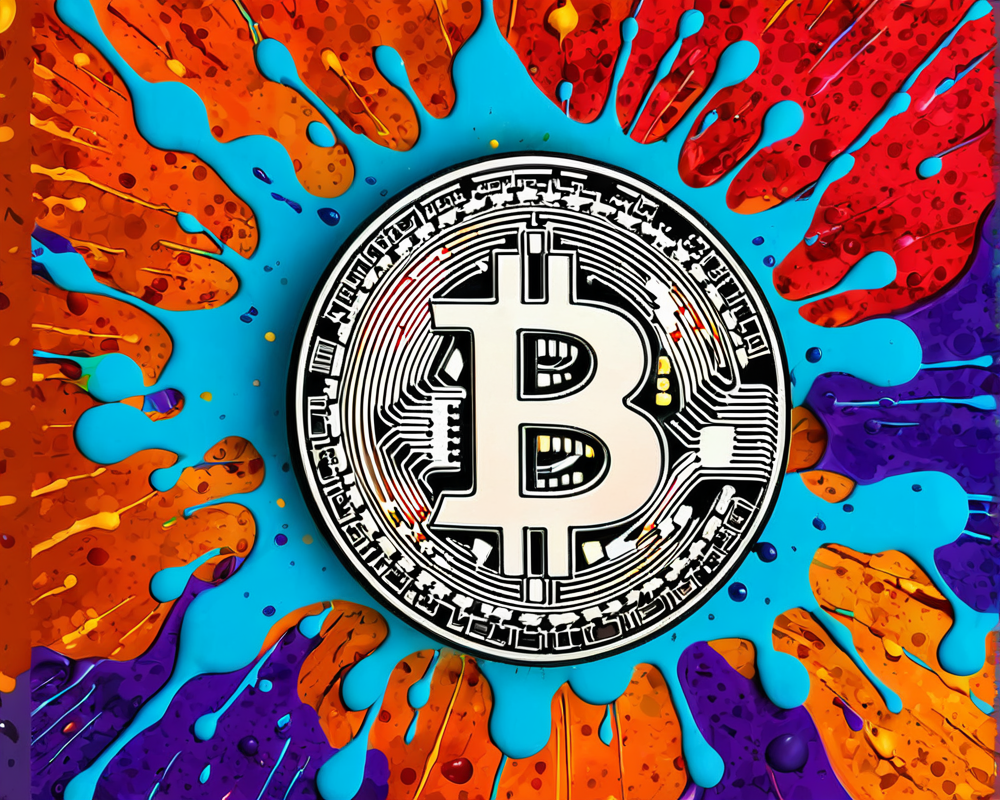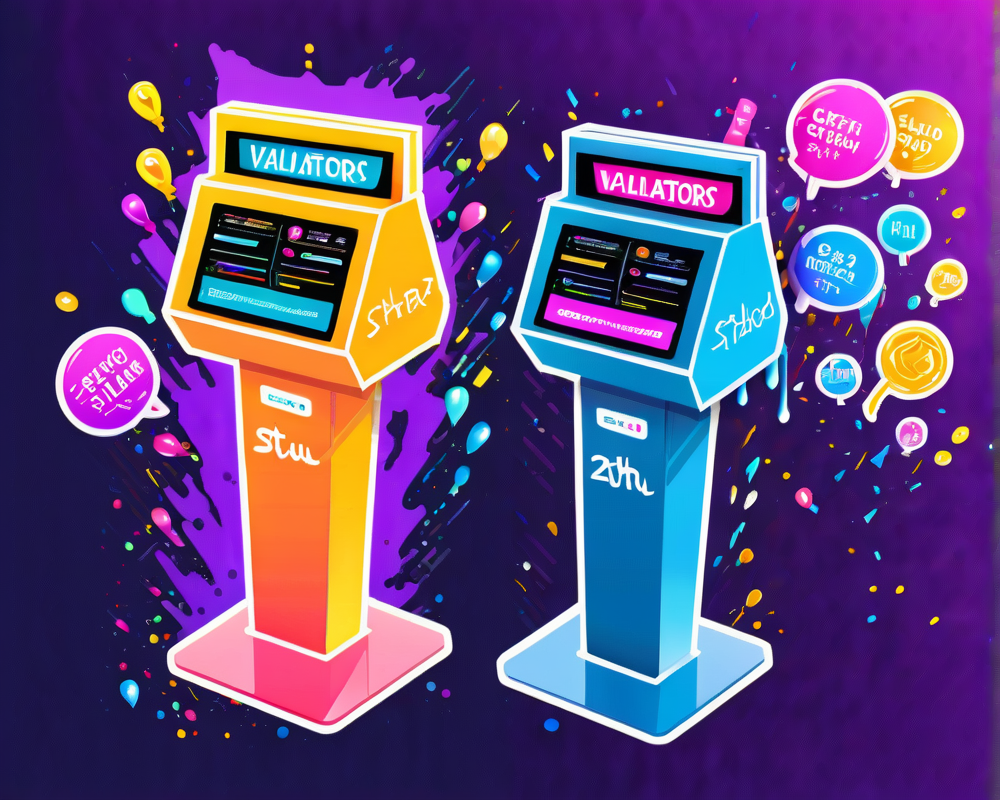The Birth of Ordinals
In a move that sent shockwaves through the crypto universe, Casey Rodarmor unleashed the “Ordinals” protocol on the Bitcoin mainnet. Think of it as Bitcoin having a midlife crisis and jumping on the NFT bandwagon, complete with digital artifacts like JPEGs and PDFs. Welcome to the blockchain version of a yard sale!
What Are Digital Artifacts?
Ordinals allows Bitcoin to wade into the waters of NFTs, decorating satoshis with arbitrary content. So, what exactly can you inscribe? Here’s a quick rundown:
- JPEG images – the king of digital art.
- PDFs – because who doesn’t want paperwork represented in the blockchain?
- Video or audio files – for those wanting to moonwalk into Bitcoin with some flair.
The Community Split
As you might expect, the crypto community is raving about this like it’s the last slice of pizza at a party. Some, like Dan Held, are all in, proclaiming it will increase demand for block space and bring more use cases to Bitcoin. Others, however, are clutching their pearls, worrying that it veers too far from Satoshi Nakamoto’s dream of a peer-to-peer cash system. The tension is palpable, like waiting for a magician to reveal whether the rabbit will really come out of the hat.
Arguments For and Against
Let’s break it down:
Pros
- Increased use cases for Bitcoin, creating a bustling marketplace.
- A potential rise in transaction fees, boosting miners’ profits.
Cons
- Block space hogging could slow down actual transactions.
- Concerns of exacerbating inequality, as some argue this is merely allowing “privileged wealthy whites” to flaunt their JPEGs.
Drama in the Community
The social media brawl erupted further when figures like Adam Back voiced their displeasure, calling for a separation between Bitcoin and meme culture. But the real kicker came from Ethereum enthusiasts, who were quick to point out that Bitcoin core developers should not be promoting censorship. It’s drama more gripping than a reality TV reunion episode!
A Unique Approach to Inscription
Inscribing satoshis with content sounds like wizardry, but Rodarmor explained it simply. Each inscribed satoshi turns into an immutable digital artifact, trackable and transferrable for anyone who wishes to hodl (or ‘hoard’ for the uninitiated). Sounds handy, right?
A Memeful Conclusion
Only 277 digital artifacts have been inscribed so far, but Rodarmor himself admitted that Ordinals was created to add some meme magic to Bitcoin. It appears the protocol is both an evolution of cryptocurrency and a stylish digital party trick. Will it lead to serious usage down the line, or will it fizzle out like a poorly executed prank? Only time will tell!




